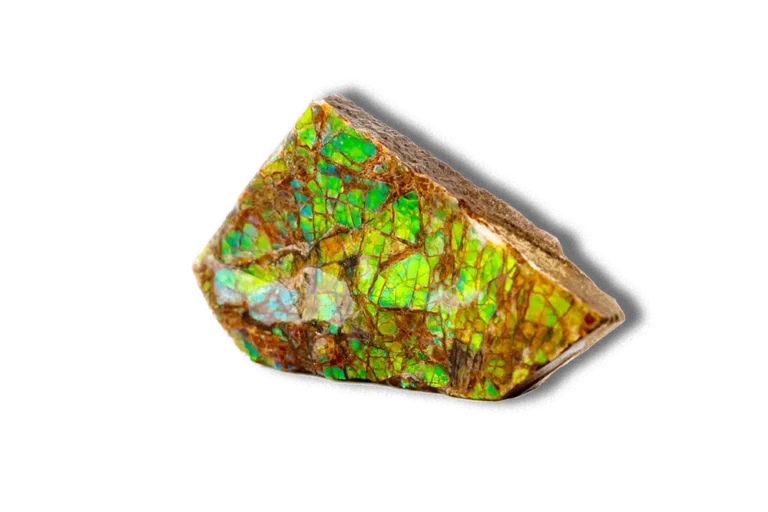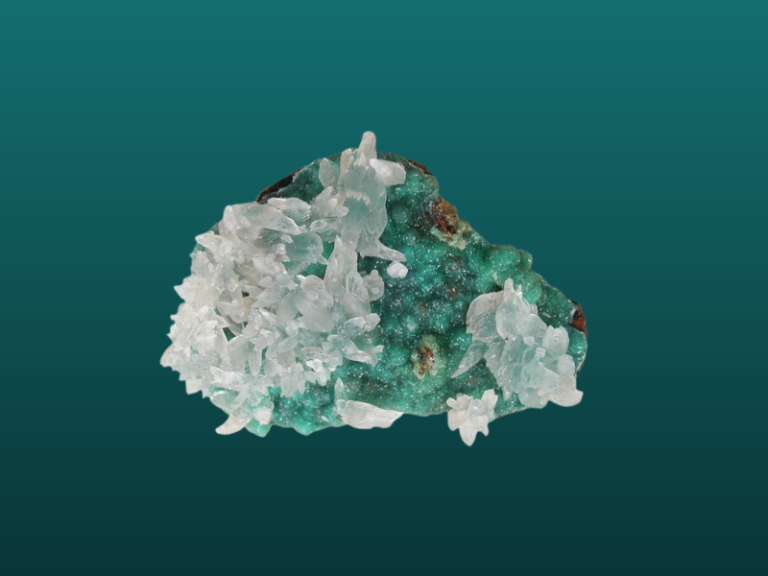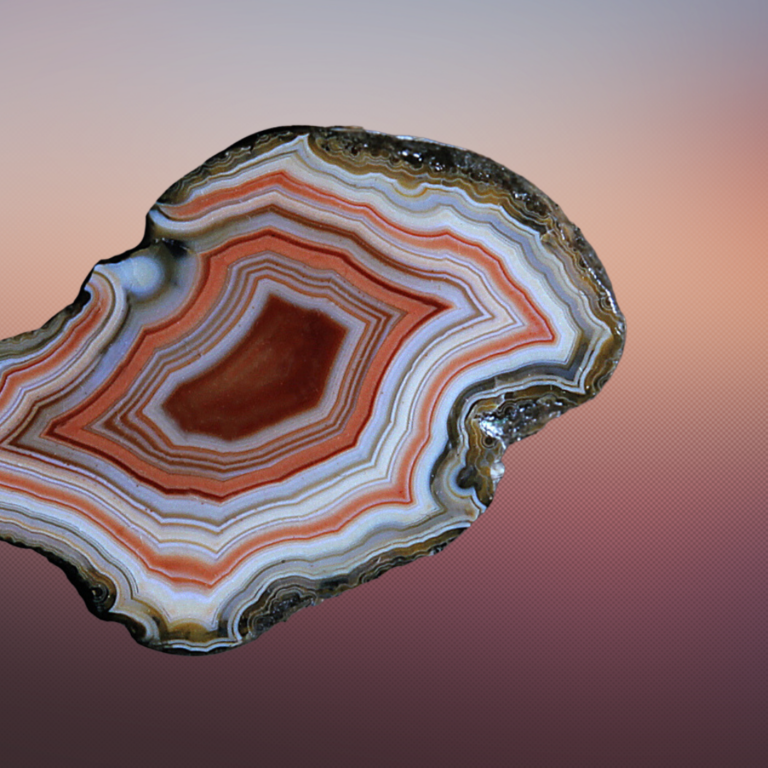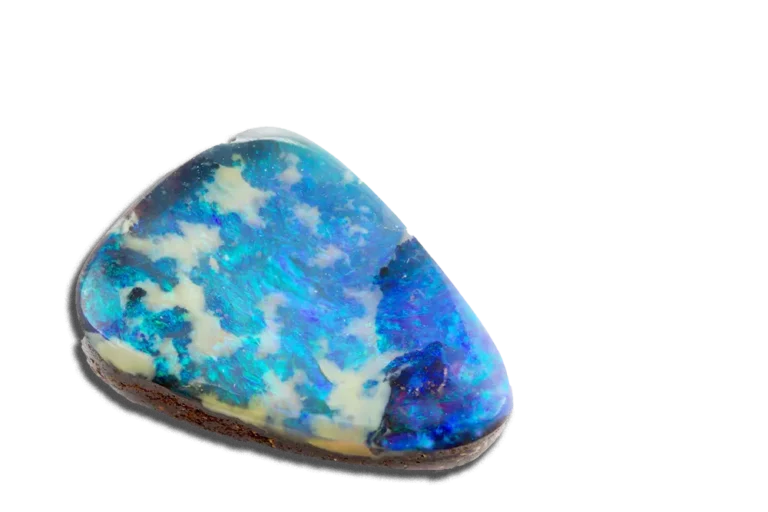Andalusite Stone: Properties, Benefits & Meanings

Andalusite Stone Overview
Andalusite stone is a mineral that has been used for centuries in jewelry, sculpture, and other art forms. It’s a beautiful stone with a unique and mesmerizing appearance, which makes it one of the most popular gemstones in the world today.
Andalusite is a stone that is known for its translucent qualities. It has a range of colors but is most commonly found in shades of green, brown, and black. It’s often used in jewelry and other decorative items, but it can be found in many forms: polished stones, beads, cabochons, tumbled stones, and more.
Andalusite Stone is not only beautiful to look at—it’s also incredibly durable! This makes it an excellent choice for all applications, from jewelry to countertops. This article will look at the properties, meaning, and uses of the Andalusite stone.
What Is Andalusite Stone?
Andalusite stone is a silicate mineral that is made of silicon and oxygen. It’s one of the most common minerals that can be found on Earth, found in many different parts of the world. It’s most commonly found in volcanic rock deposits, but it can also be found in metamorphic rocks. Andalusite is typically a greenish-gray color with a somewhat shiny appearance; however, its hue can vary from light to dark depending on its composition.
The mineral Andalousite was named by Jean-Claude Delamétehrie in 1798, who believed it came from Andalusia, Spain. However, it soon became apparent that his specimens were found at El Carso de la Sierra (i.e., Cardoso), one of several locations in Guadalajara province where Andalusite occurs—notably not part of the larger geographical area known as Andalusia.
Andalusite gemstones have unique properties that make them useful as gemstones: they are solid and durable enough to withstand everyday wear without breaking easily. They also have high luster, which makes them attractive to look at even when worn close up.
Where Can You Find Andalusite Stone?
Andalusite Stone is a common gemstone found all over the world.
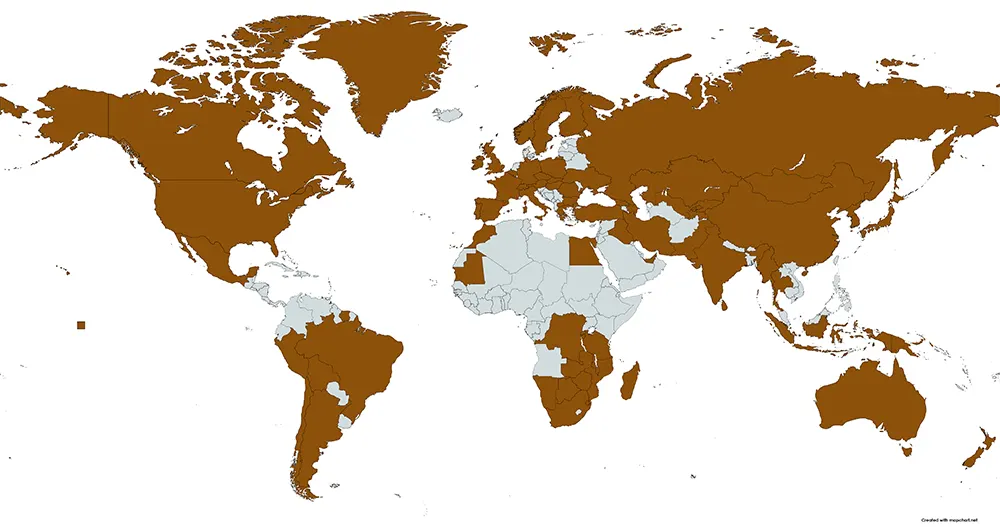
Andalusite Stone Appearance
Andalusite’s appearance can vary greatly depending on the type of impurities in it. The most common color you’ll see is blue-green with reddish-brown streaks or spots throughout the stone. Another common color variation is a dark brown with yellow or white streaks throughout it.
Andalusite Stone Physical Properties
| Mineral Group | Alumino-Silicate |
| Formula | Al2(SiO4)O |
| Color | Brown, Yellow, Green, Pink |
| Hardness (Mohs scale) | 7.5 |
| Refractive Index | 1.627 – 1.650 |
| Fracture | Uneven, Sub-Conchoidal |
| Luster | Vitreous, Sub-Vitreous, Greasy |
| Specific Gravity | 3.05 – 3.21 |
| Transparency | Transparent, Translucent |

Andalusite Stone Value
Andalusite stone is a fairly common mineral in many parts of the world. It can be used to make jewelry, although it isn’t usually as valuable as other gemstones like diamonds or sapphires, which makes it an excellent choice for people on a budget. The value of Andalusite varies with the stone’s size, color, and quality.
- Size: The size of a stone can significantly affect its value. A large Andalusite stone will be more valuable than a small one, as there are fewer available for purchase.
- Quality: Quality is determined by the number of inclusions or blemishes in a stone and its transparency. A high-quality Andalusite will have fewer imperfections and be more valuable than one that isn’t as clear or has many inclusions.
- Color: The color of an Andalusite gemstone influences its value as well. A clear-colored Andalusite will be more valuable than one with a tint of yellow or brown. The color of an Andalusite also depends on the type of inclusion within the stone. Some inclusions may give off a blue or red hue when light hits them, which adds to their value.
- Cut: The cut of an Andalusite gemstone is also essential. The most common cuts are cabochon, faceted and polished round. Cut refers to the form of the gemstone and how well it has been polished. A well-cut stone will have higher clarity and sparkle than one that hasn’t been cut properly.

How To Tell If Andalusite Stone Is Real?
If you’re looking to buy Andalusite, you must know how to tell if Andalusite is real or fake. There are many different ways to test it so you can be sure that what you buy is the real thing.
- Inclusions: You should look at the quality of the Andalusite stone. If it seems too perfect or too polished, then there’s a chance that it’s not real. This is because natural Andalusite gemstone has some flaws in the form of inclusions. If it has these kinds of imperfections, then it’s probably not fake.
- Scratch Test: Do a scratch test. Kitchen knives shouldn’t leave a mark on hard stones with a rating of 6-7 or higher. Andalusite gemstone has a Mohs hardness of 6.5 – 7.5, which makes it quite hard and, therefore, unlikely to be scratched by a kitchen knife. If you try to scrape an Andalusite gemstone with a knife and it leaves a mark on the stone, then it’s fake.
- Acetone Test: Do an acetone test. Soak in acetone for a few minutes to see if the color comes off. If it does, then it’s likely fake.
If you are uncertain, consult with an expert.
Andalusite Stone Chakra Connection
Andalusite stone is a powerful crystal that can help you connect to the energy of your chakras.
Andalusite is strongly associated with the Heart Chakra located in the center of your chest. The heart chakra is associated with the color green and the element EarthEarth. The Heart Chakra is the primary energy center that controls the flow of love in your body and mind. This chakra is also known as Anahata, which means “unstruck sound” in Sanskrit. This chakra is linked with love, compassion, balance, and healing. When this chakra is opened, it allows you to feel pure unconditional love for yourself and others.
Andalusite gemstones can help with issues related to the Throat Chakra, such as communication, self-expression, and creativity. This chakra is also known as Vishudda. It is the third major chakra in the body, and it’s located at the throat. Andalusite Stone can help you speak your truth with confidence and clarity. It can also help you find your inner voice when you feel like no one has heard it before.
Andalusite Stone Meaning And Uses
- Andalusite is a stone of transformation and change. It helps you to let go of old relationships and situations to move on with your life. Andalusite helps you find a new sense of purpose in your life and a greater sense of self-worth and confidence.
- This stone has been known to keep the wearer grounded, calm, and focused. It can help you find inner peace and balance. Andalusite can also bring clarity to your life, helping you see things as they are rather than how you want them to be.
- Andalusite is also known for its ability to help increase your psychic abilities. This makes it especially useful for those who practice divination or other spiritual guidance.
- It’s said to be helpful for people dealing with stress, anxiety, and depression—especially if relationship conflicts cause those conditions. Andalusite can help you to see things from a new perspective so that you can resolve issues peacefully rather than reacting out of fear or anger.
- Andalusite can also help you open up to new experiences and opportunities, allowing you to grow as an individual and connect with others who share your interests or goals.
- Andalusite is a beautiful stone to use when you’re feeling lost or confused because it will help you find a clear and peaceful state of mind. It can also help you connect with higher forces and energies to gain insight into the situation and find solutions that will benefit everyone involved.
- Andalusite is a stone that can help you to overcome your fears and insecurities. It’s a stone that can help you to become more confident and secure in yourself and your abilities.
- Andalusite will help you be less judgmental of others because it enables you to see things from their point of view and your own. Andalusite is also an excellent stone for manifesting desires into reality. It will help you to focus on what you want rather than what others want.
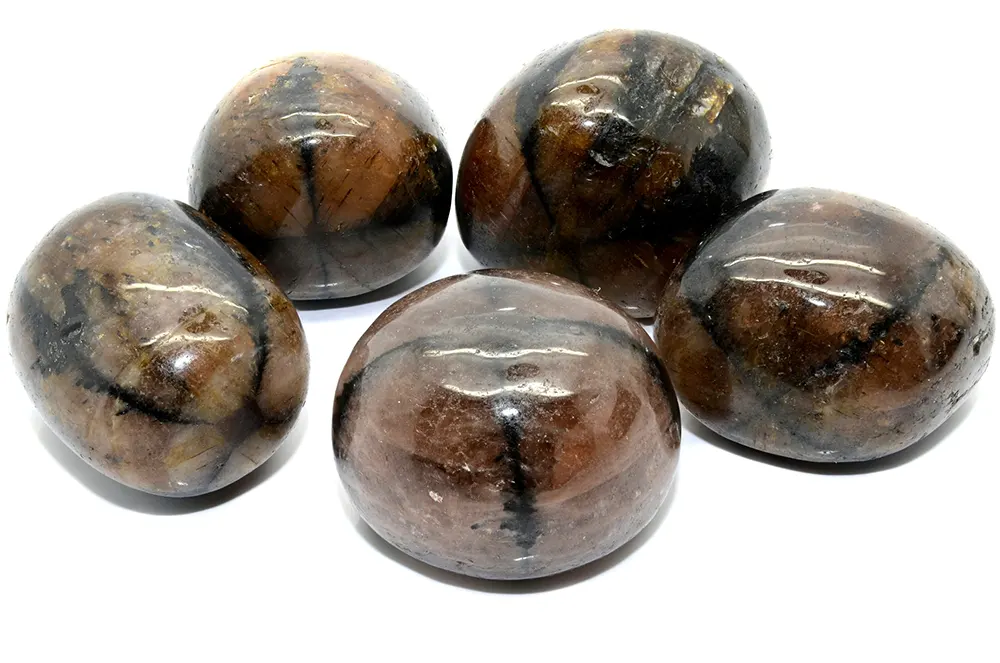
How To Clean Andalusite Stone Jewelry?
- Soak in lukewarm soapy water for 15 – 30 minutes until the dirt and stains loosen up.
- Remove any remaining residues with a soft toothbrush until it appears spotless.
- Wipe the crystal with a microfiber cloth until it is smooth and lustrous.
- Cleanse it using burning sage to remove any negativity absorbed, which can negatively impact the surroundings.
- Recharge it using the moon’s light or burying it underground, whichever method suits you.
- Another way to preserve your Andalusite gemstone is by cleaning it regularly with warm water and soap or with a solution made from vinegar and water. This will keep your jewelry looking brand new and bring out a nice shine.
Be sure to cleanse the crystal before you use it. It will help you stay energized and keep negative energies at bay.
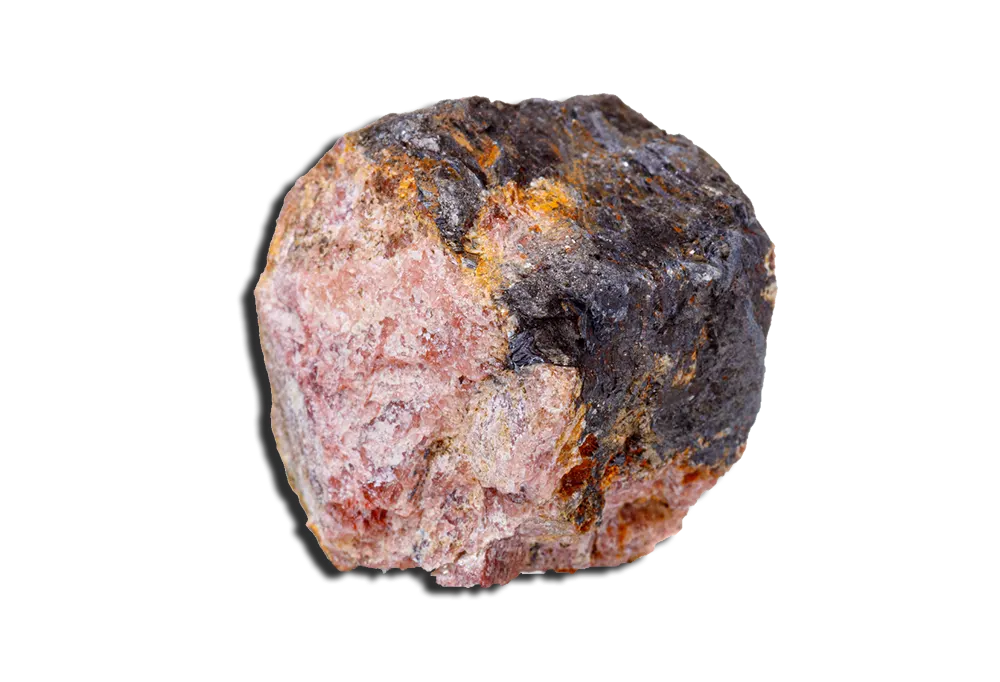
FAQ
Which Gemstones Go Best With Andalusite Stone?
Andalusite stone is often paired with other stones like diamonds, sapphires, and rubies. The combination of these stones creates a more vibrant look than if you were to wear them alone.
The Andalusite stone can also be used as a substitute for other gems such as Almandine or Andesine because it shares similar properties as those two stones but with one crucial difference: they are cheaper!
What Is Andalusite Stone Good For?
Andalusite stone is a gemstone that can help you to open your heart and bring more love into your life. It can also make your heart more substantial and more resilient to any negative feelings or emotions that come your way. Andalusite stone helps you to see the bright side of things and promotes positivity in every aspect of your life.
What Are The Healing Properties Of Andalusite Stone?
Andalusite also has strong healing properties that can benefit anyone who uses this stone regularly. If you have any mental or emotional issues that cause pain or discomfort in your life, this stone will help heal those issues quickly and effectively. The energy from this stone can be used to open up pathways between your mind and body, allowing your natural healing powers to kick in and work efficiently on whatever problem needs fixing!
Is Andalusite Stone Heat Treated?
Andalusite stone is a naturally occurring stone that is mined from the EarthEarth. Andalusite can be heat treated to change its color from green to gray. The heat treatment process varies slightly depending on how deeply you want the color change to be. If you want a slight color change, you can heat it to around 400 degrees Fahrenheit (205 degrees Celsius). If you want a more dramatic color change, you can increase the temperature to 1,000 degrees Fahrenheit (540 degrees Celsius).


